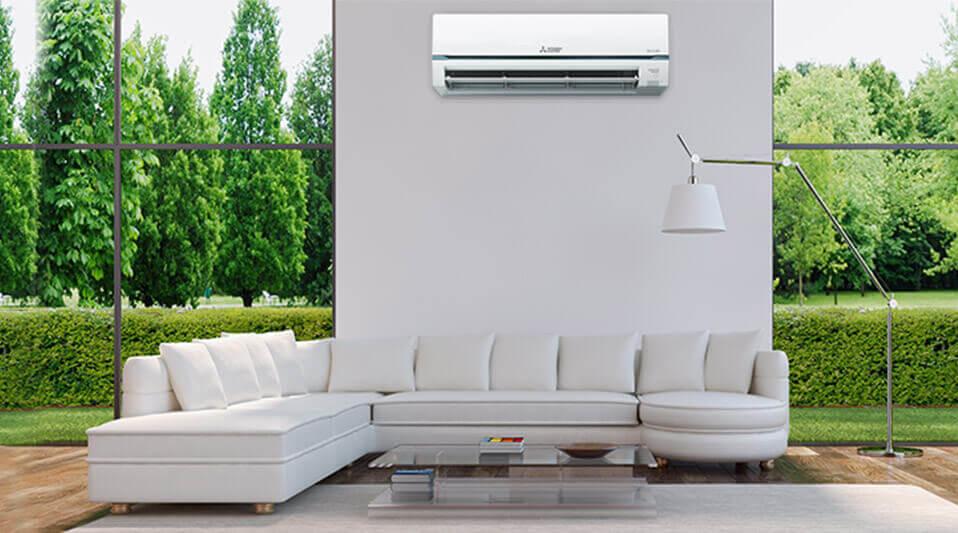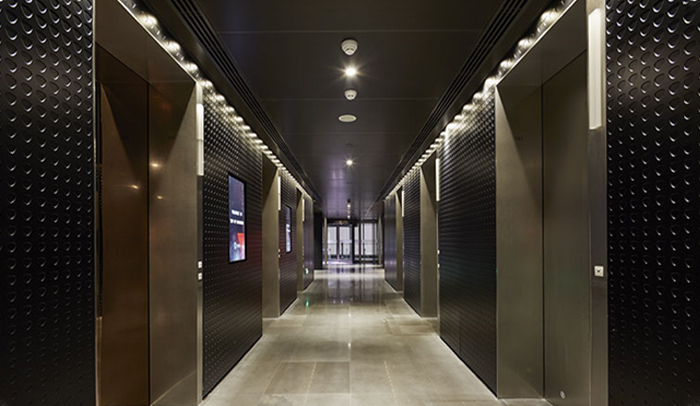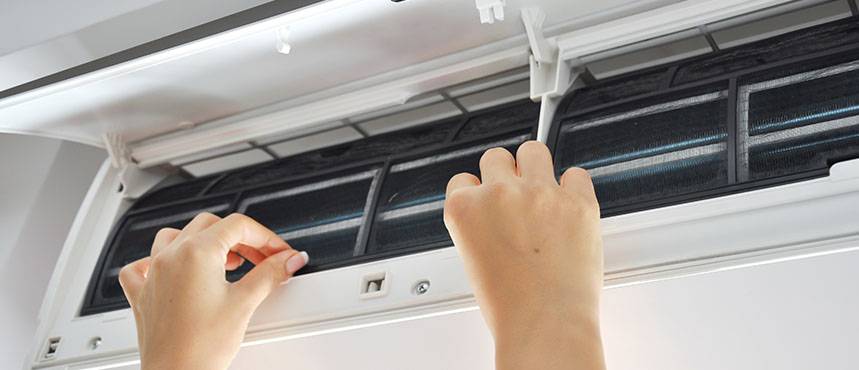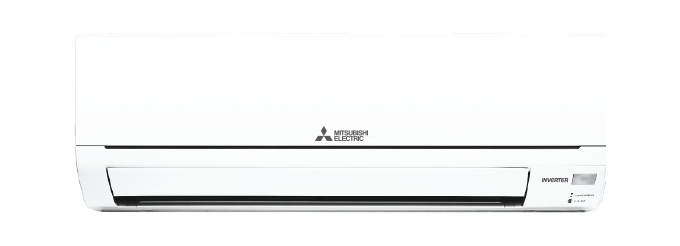If you're considering purchasing an air conditioner to survive the scorching heat of the summers easily, you need to do your homework so you can make an informed decision. The last thing you want for your home is a costly, improperly sized air conditioner that is unable to meet your cooling needs.
Here are some of
the most important things that you should keep in mind when purchasing an air
conditioner:
Type of Air Conditioner
Split ACs,
window ACs, package ACs, HVAC systems, VRF systems, etc. are some of the most
popular types of air conditioners available in India today. Which type of AC
you should buy will depend on several factors, like the expected usage, size of
the room, your cooling requirements, available space, etc.
Cooling Capacity
The size of the
air conditioner you want to buy depends on the size of the room and where in
the house it is located. For your air conditioner to operate efficiently and
have a long lifespan, it is crucial to choose the right capacity. The tonnage
required for the AC is determined by taking the room's size, location,
number of inhabitants, etc. into account.
Indoor Air Quality
When purchasing
an AC, indoor air quality is a crucial factor to consider. The air quality of
your home can be greatly improved by an AC with a decent filter. The air
filters of the air conditioner assist in clearing the air of dust and bacteria
and can also remove smoke and unpleasant smells. A good filter not only
purifies the air, but it also prevents dust and other waste from getting to the
evaporator coil, which enhances the functionality and energy efficiency of your
air conditioner.
Energy Consumption
Make sure the
air conditioner has a good energy efficiency star rating before you purchase
it. The star-rated energy efficiency ratings, or EER, for air conditioners, are
standardised by the Bureau of Energy Efficiency (BEE). The efficiency of the
air conditioner improves with higher star ratings. Higher energy-efficient air
conditioners consume less electricity, which lowers energy costs.
Explore a wide range of advanced products to buy the perfect AC at Mitsubishi Electric India. Equipped with the best of features, regardless of which AC you buy, with Mitsubishi Electric India, you can rest assured of a good experience.

.jpg)

.jpg)

.jpg)








